I was recently discussing with fellow historians the proposal to build a statue to John Harley at his birthplace in Cathcart, to the south of Glasgow. A fundraising campaign has now been launched to pay for a fitting memorial (see below).
Although little known in Scotland, Harley is celebrated as 'El Reformador' in Uruguay for his influence in changing the style of the game there from the long ball to short passing in the traditional Scottish manner. It is a transition that is credited with taking Uruguay to two Olympic titles in 1924 and 1928, then to two World Cups in 1930 and 1950.
On learning that Harley was born in Cathcart in 1886, a light bulb went on in my head as I recalled that my own grandfather, John Fowler Mitchell, was also born in 1886 and lived in Cathcart. I knew that somewhere in the family archive were some old school photos, and after a lengthy rummage I found no less than four class groups taken in the 1890s. Every single one of them features not only my grandfather but also a young John Harley.
The images on the four cabinet photos are still sharp, taken outside Cathcart Public School. And on the back of the cards, my prescient grandfather had taken the trouble to write down the names of everyone he could remember, creating a fantastic record of late Victorian schooling.
In each case, my grandfather wrote 'Jock' rather than John Harley which indicates he was on friendly terms. And that can be backed up by the fact that they lived in the same street, Holmhead Crescent - the Harleys at number 2, the Mitchells at number 6.
Very likely they enjoyed football together. I have a recording of my grandfather talking about his childhood where he says one of his favourite activities was playing football in the street ('there wasn't much traffic then'), and I also recall him telling me that, as a boy, he sneaked into Hampden to watch Queen's Park take on the famous Corinthians.
Harley embarked on a career in railway engineering which took him to Springburn in north Glasgow, then to Argentina and finally Uruguay, where he spent the rest of his life. Others have researched and written about his life and football career, and a great place to start is the Scots Football Historians Group website.
My grandfather, on the other hand, went on to secondary school at Allan Glen's in Glasgow before university in London and Glasgow, and a career in the Indian Civil Service. He did carry on playing football but it was of the rugby variety, appearing for his university teams. He died in 1984, aged 97.
The immediate area around Braehead in Cathcart has changed little since he was born there on 5 March 1886, next to the picturesque bridge where his grandfather worked at the Old Snuff Mill.
A tribute to John Harley in Cathcart would celebrate his influence, like so many other 'Scotch professors', in taking Scottish football around the world.
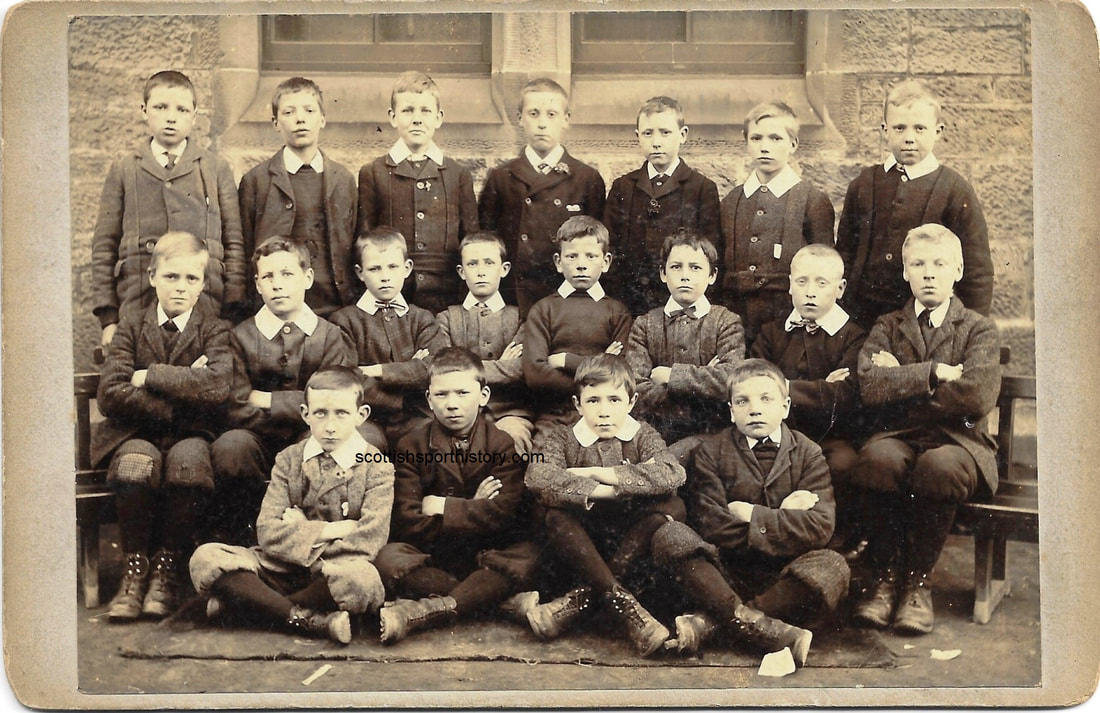
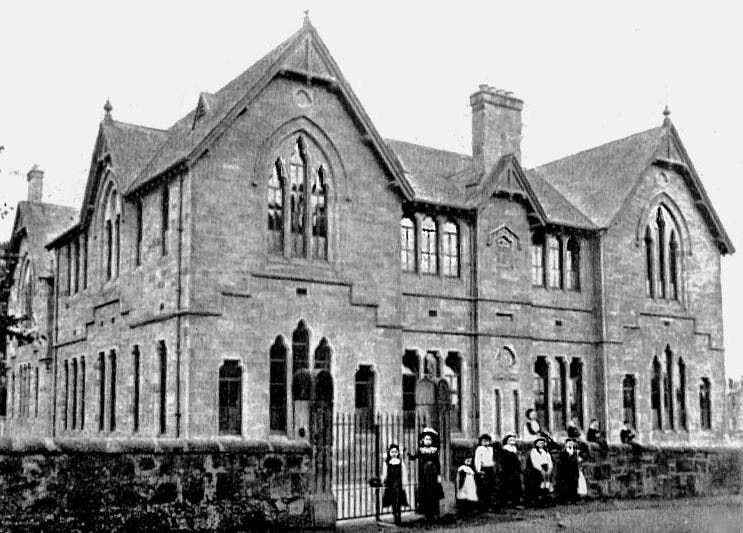
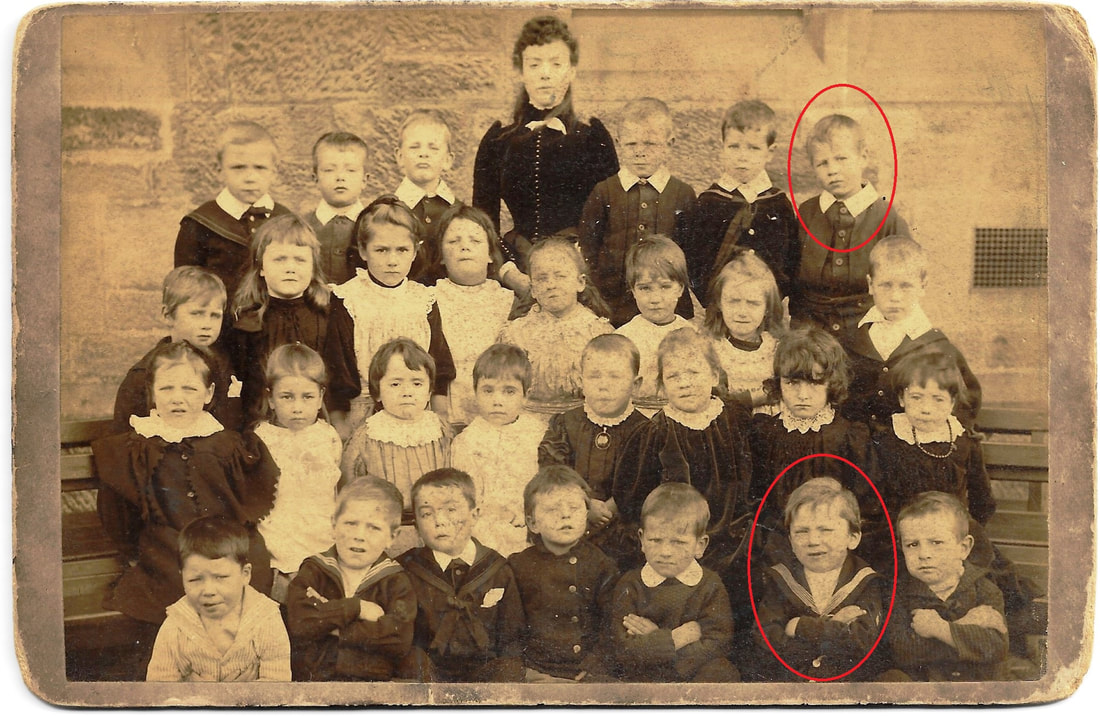
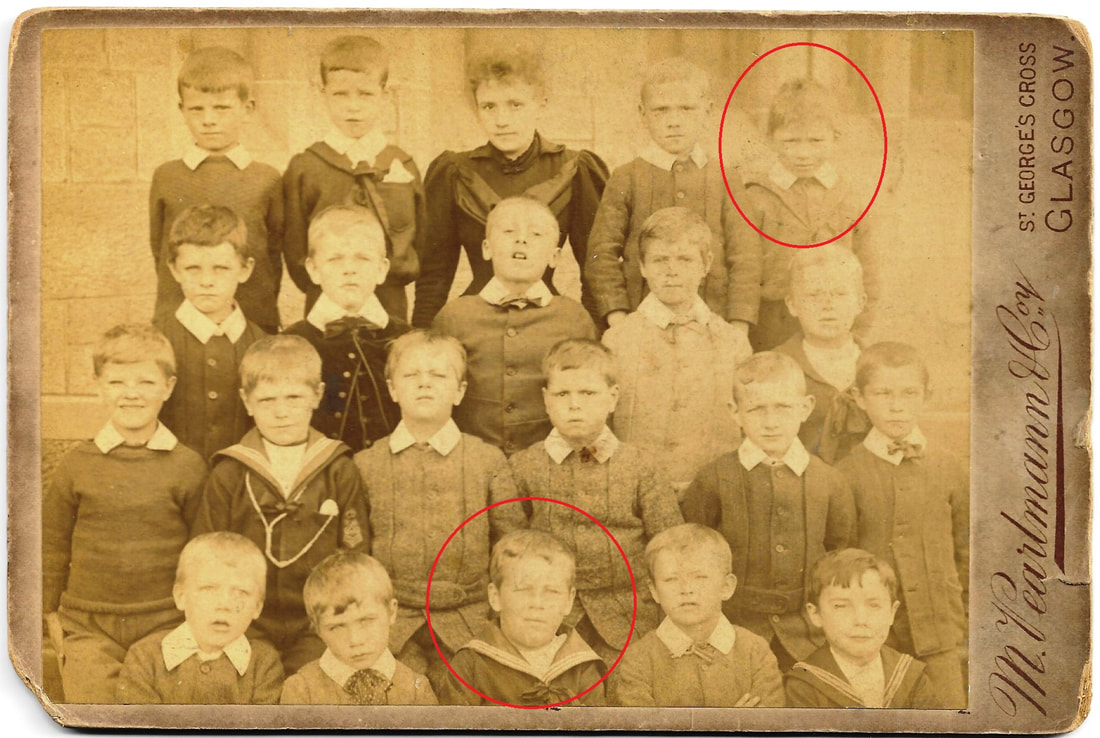
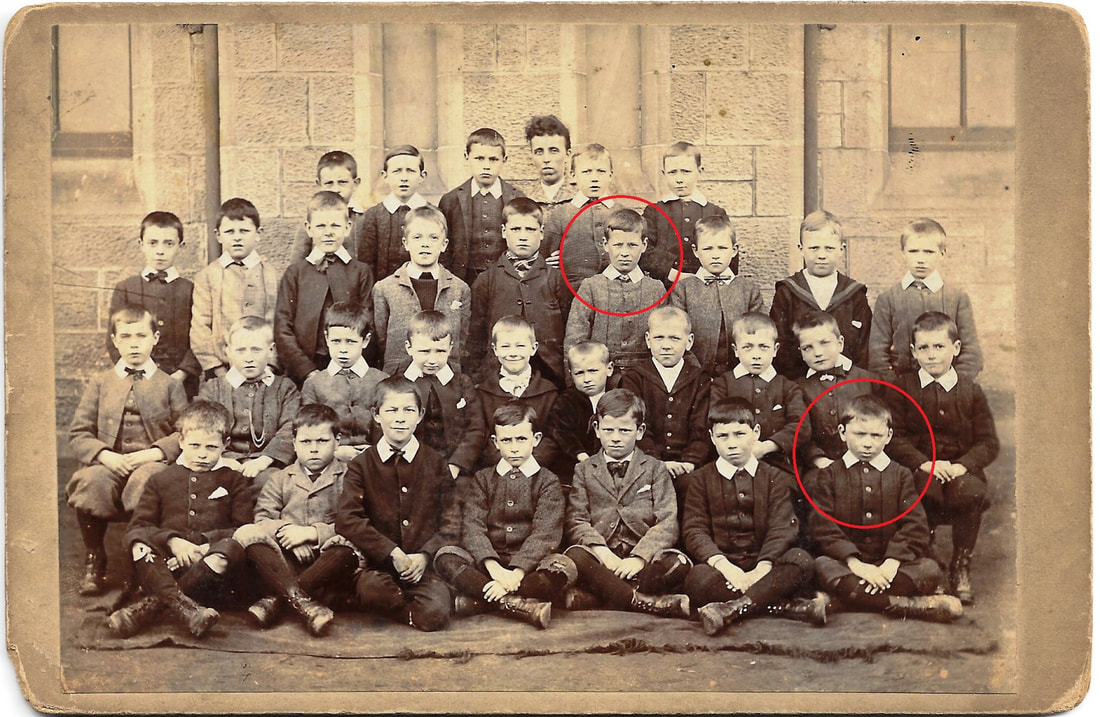
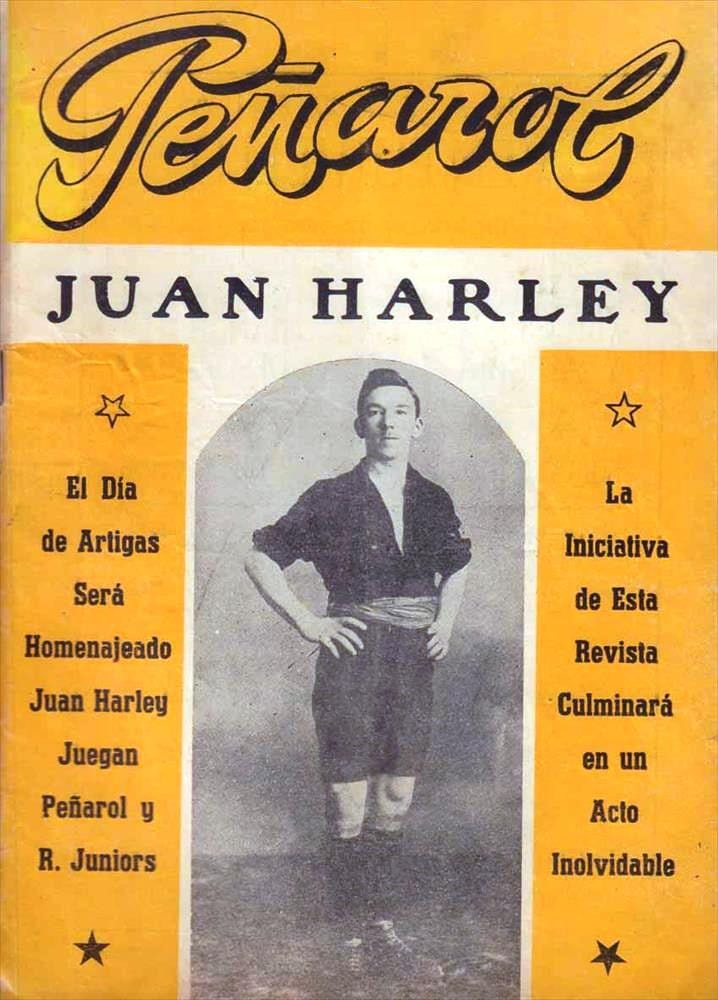
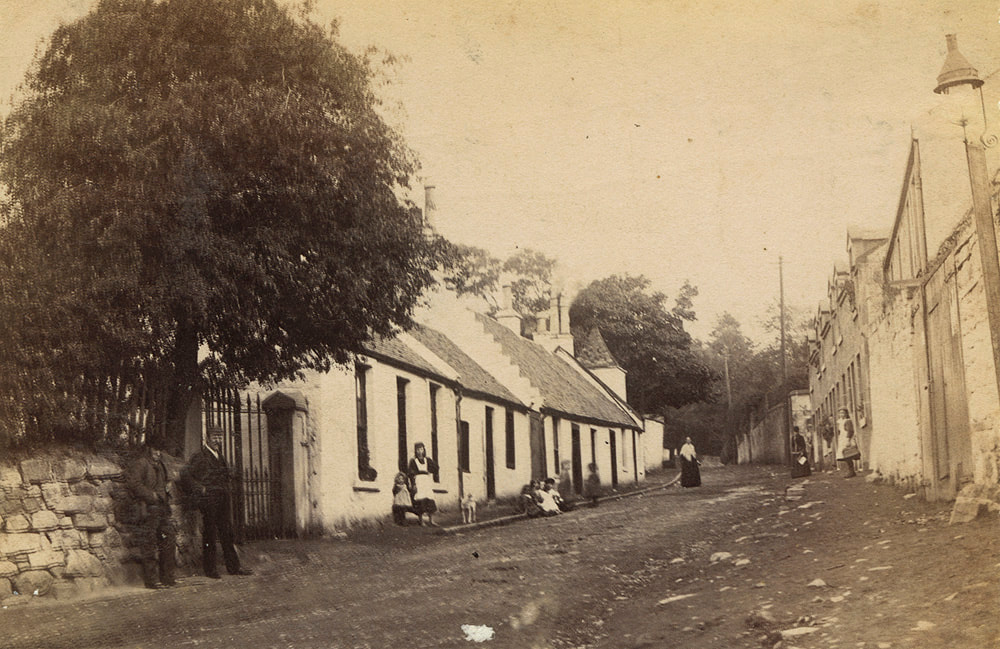

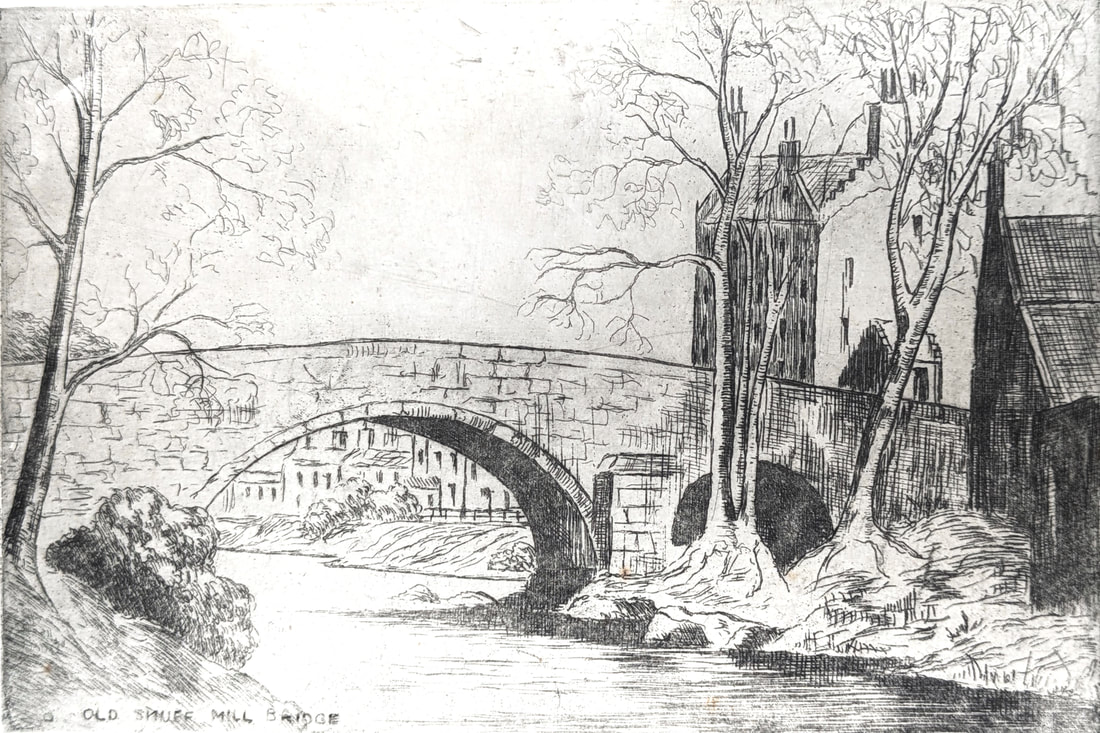
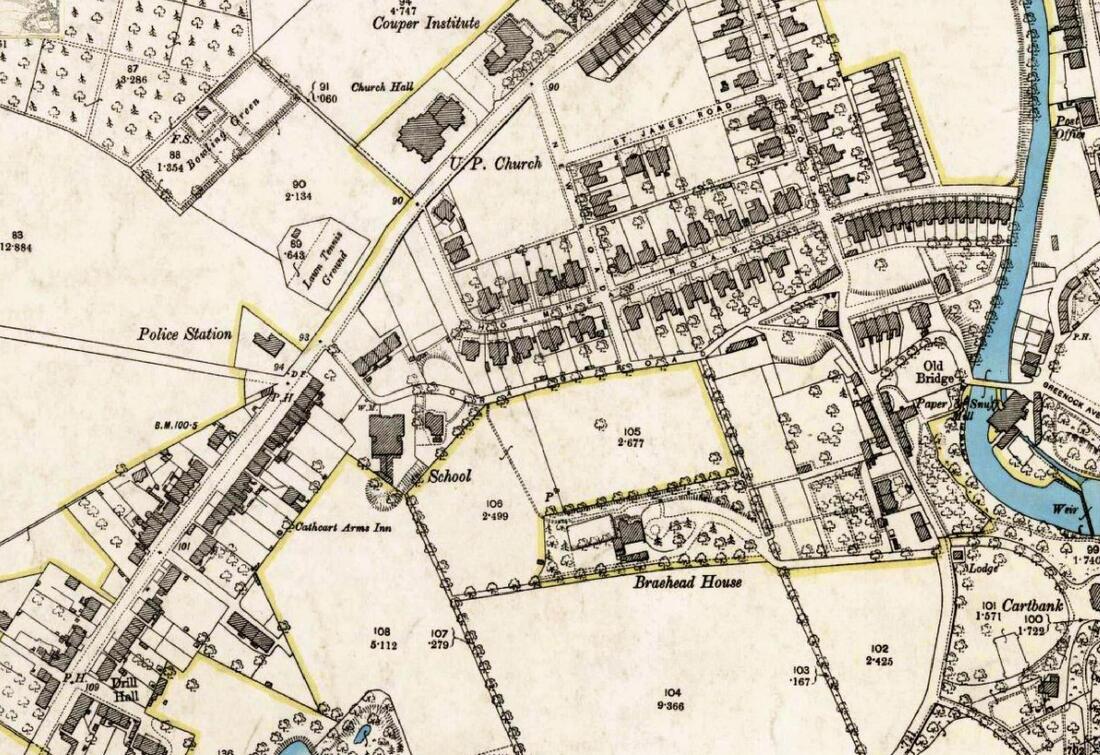
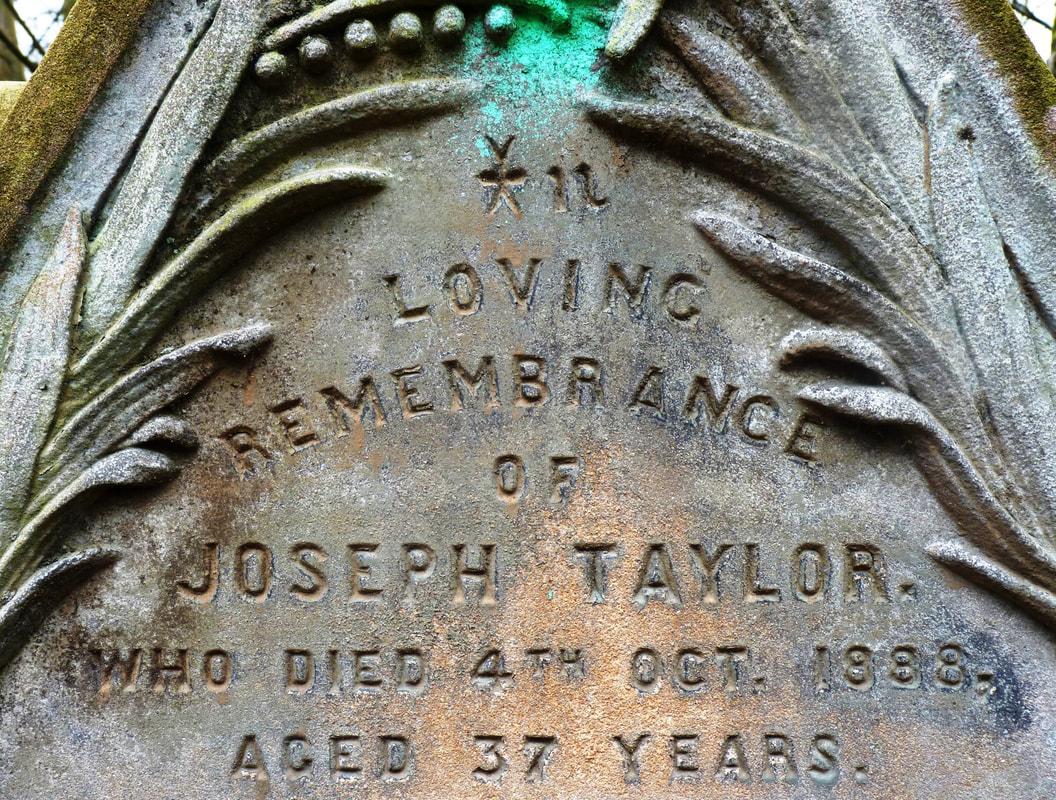
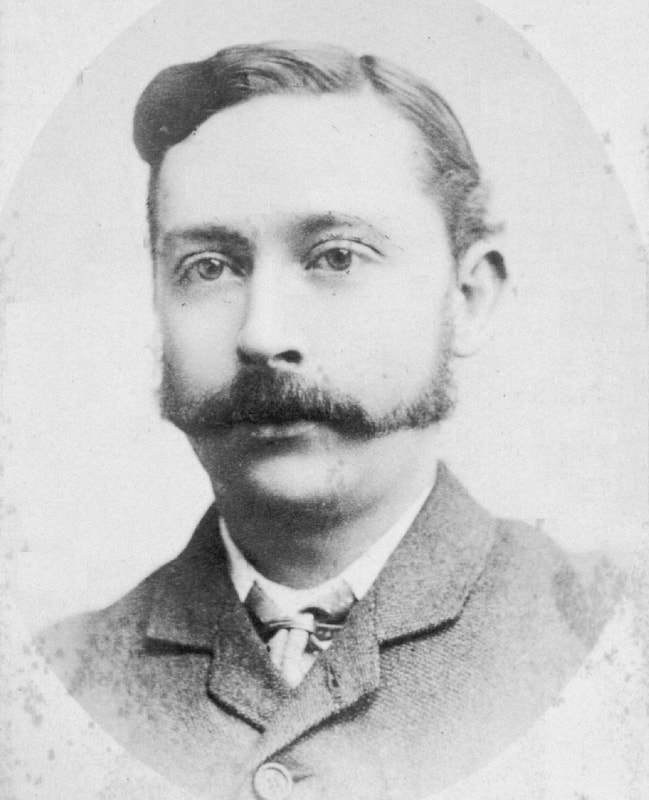
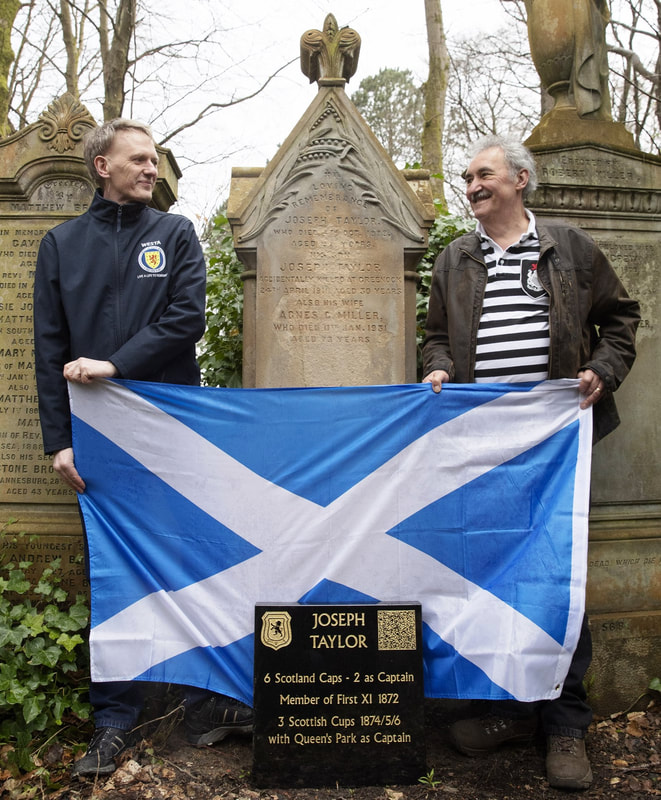
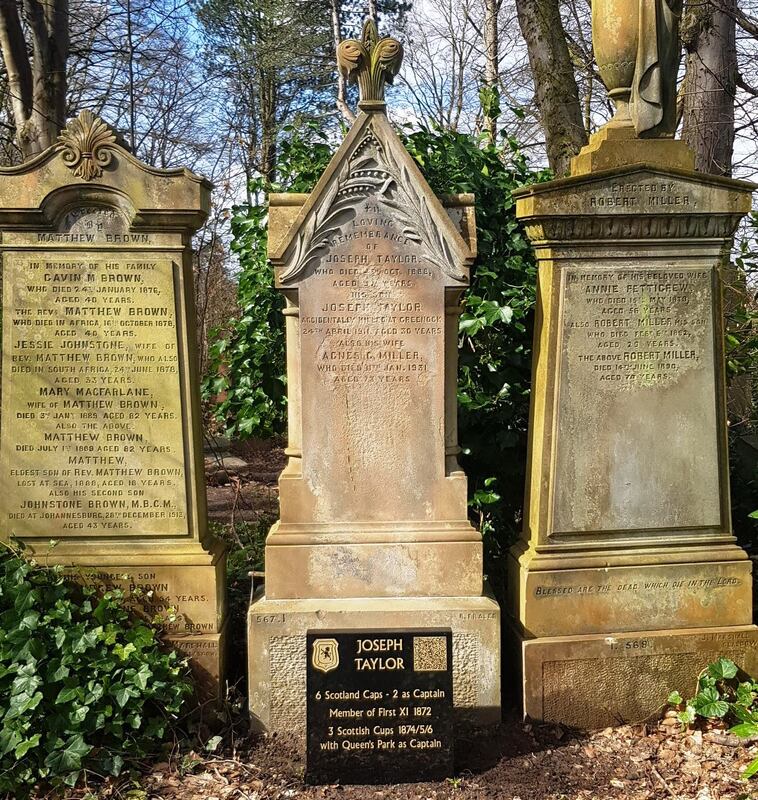
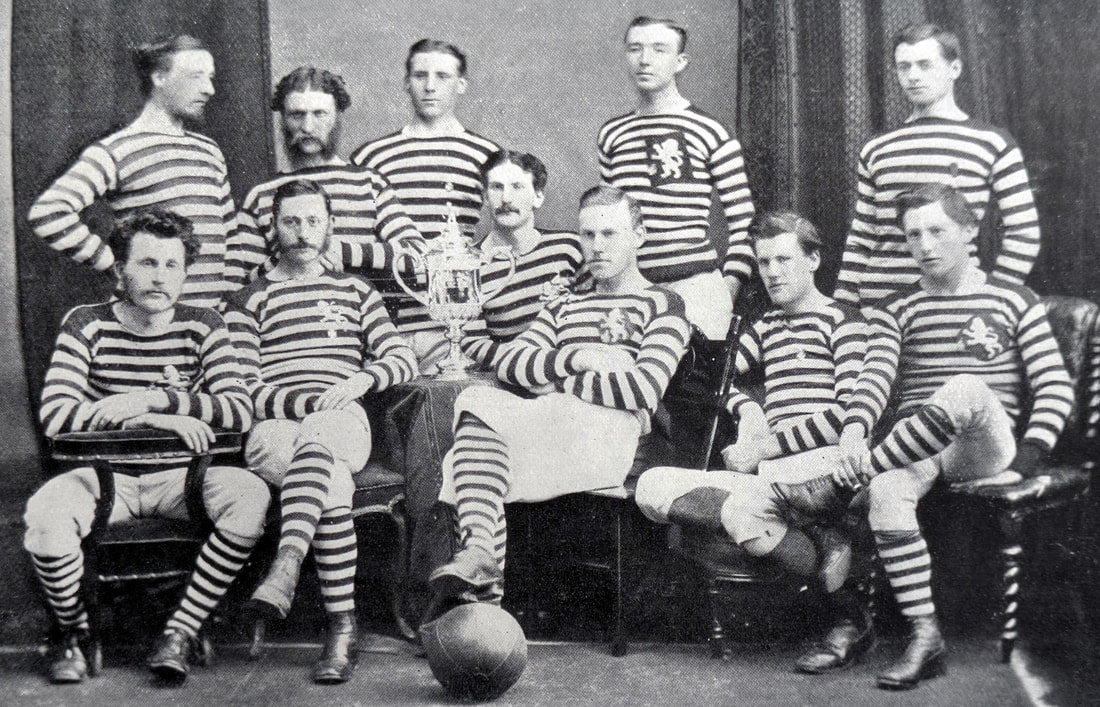
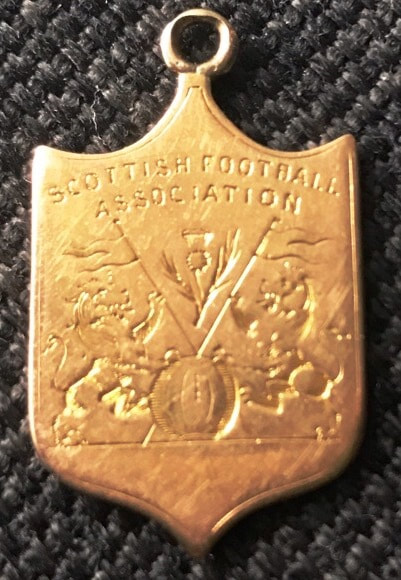
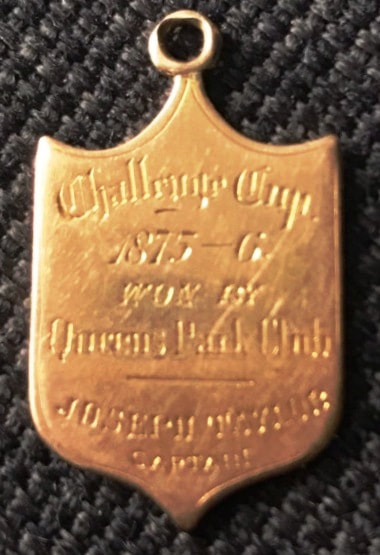
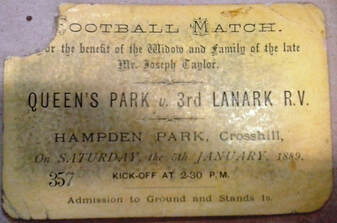
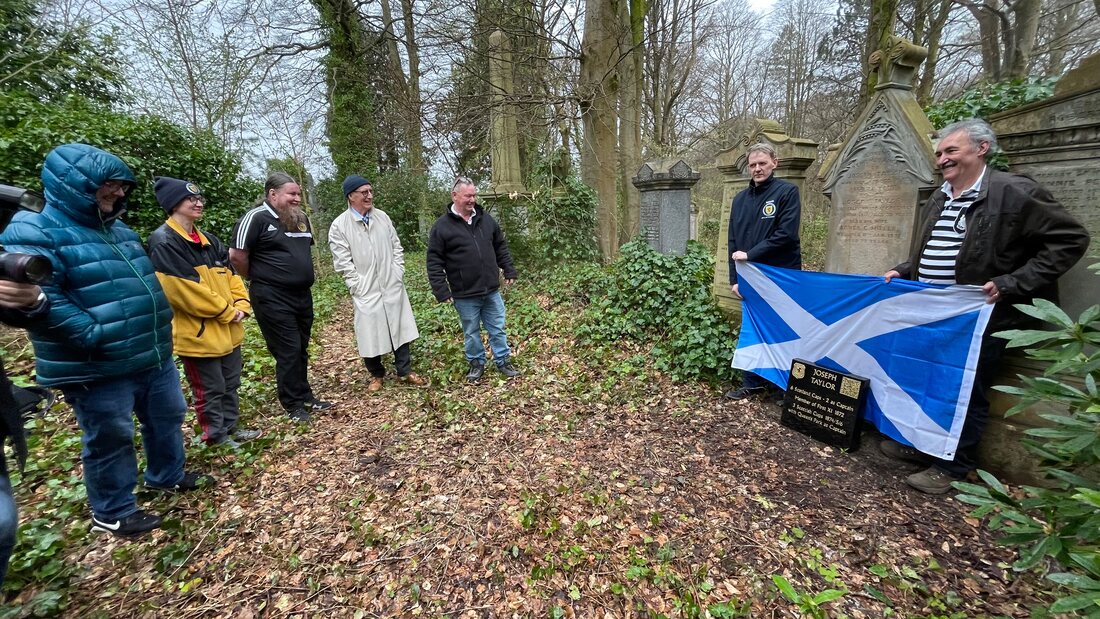
 RSS Feed
RSS Feed